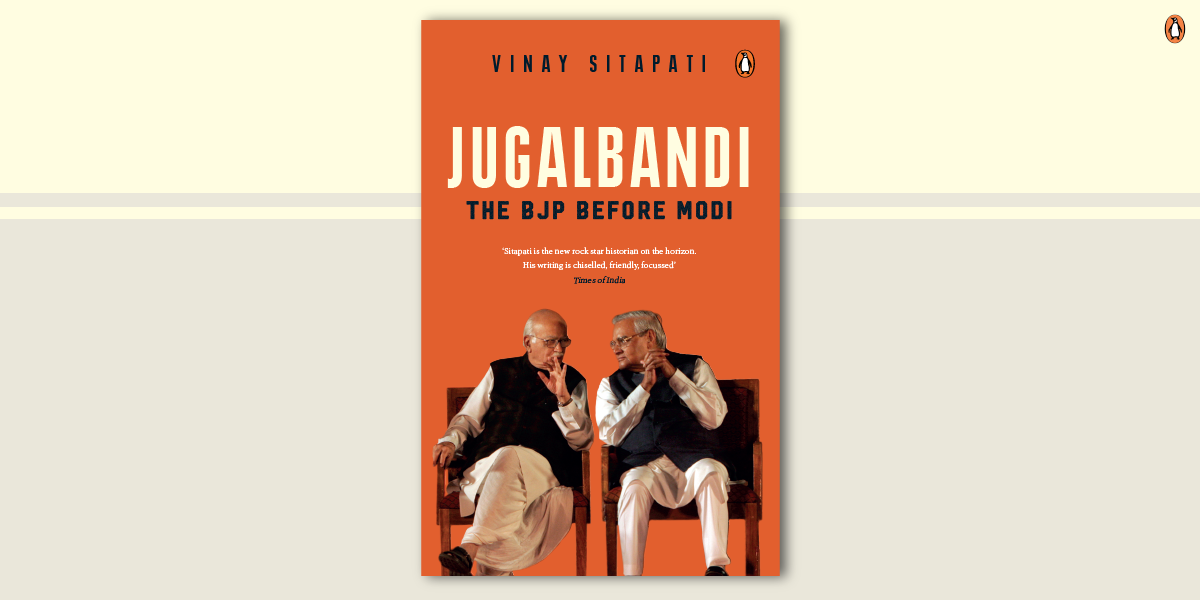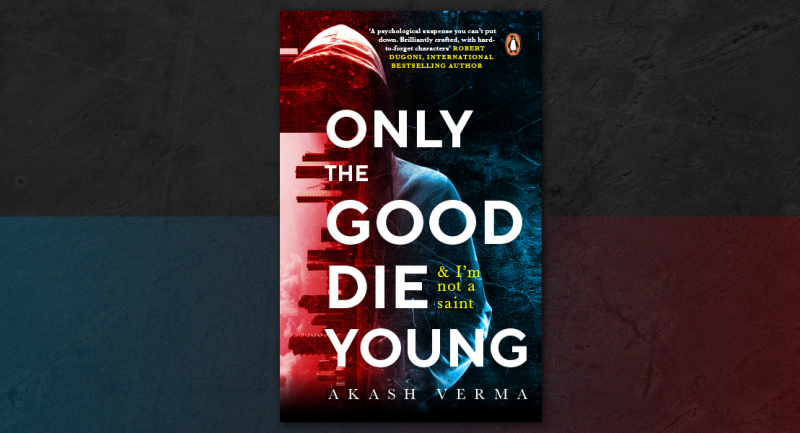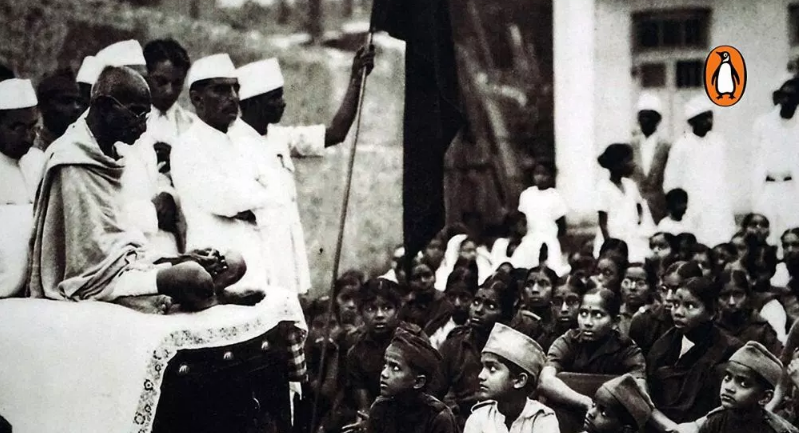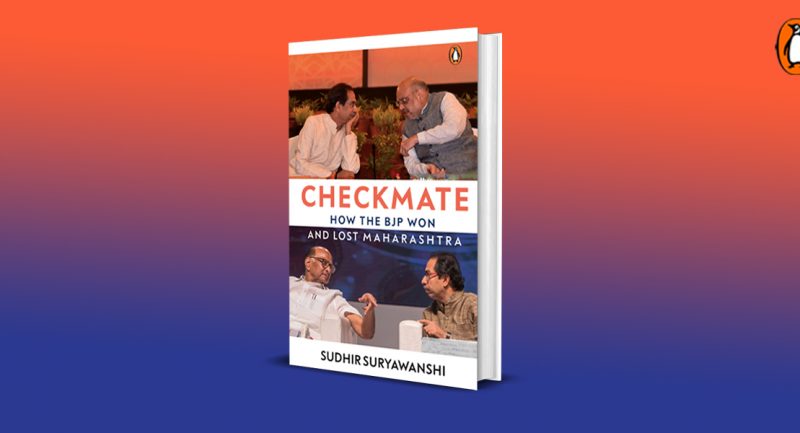
Narendra Modi has been a hundred years in the making. Vinay Sitapati’s Jugalbandi provides this backstory to his current dominance in Indian politics. It begins with the creation of Hindu nationalism as a response to British-induced elections in the 1920s, moves on to the formation of the Bharatiya Janata Party (BJP) in 1980, and ends with its first national government, from 1998 to 2004. And it follows this journey through the entangled lives of its founding jugalbandi: Atal Bihari Vajpayee and Lal Krishna Advani.
Here is an excerpt from the book that talks about BJP’s economic ideology.
Balraj Madhok was not the only one within his party critiquing state controls of the economy. By 1970, the economist Subramanian Swamy had been influenced enough by opposition leader Jayaprakash Narayan to give up a faculty position at Harvard University, and return to India. His essay in favour of India acquiring a nuclear bomb impressed the Hindu nationalists, for whom this had been an ideologic fixture. Just thirty one years of age at the time, Swamy says he soon became beloved of the RSS, and was asked to draft an economic plan for the Jana Sangh. His plan envisaged a reduction in state controls, but in a nod to the party’s indigenous hankerings, was called the ‘Swadeshi’ plan. In these early years, Vajpayee and Swamy were not the antagonists they would later become; it was Vajpayee who first taught the ‘foreign educated’ Swamy to wear a dhoti. Swamy remembers: ‘In 1970 and [the] first quarter of 1971, Vajpayee couldn’t spend one day without calling me. He was living in 1 Feroze Shah Road. Mrs Kaul also liked me, because she was thinking, “Since he is from the West, he will understand our relationship.”’ But Swamy’s rapid rise began to threaten a Vajpayee who was still consolidating his grip over the party. Vajpayee’s insecurities were heightened by Swamy’s tendency to speak rashly and promote himself relentlessly.
Yet another factor pushing the Jana Sangh in favour of a strong line against Indira’s socialism were the Bombay-based industrialists who were now funding the party. They were culturally and financially unlike the shopkeepers and traders (and even Rajmata Scindia) who had funded the party in the 1960s. They were against Indira Gandhi’s economics, and had read the 1967 elections as heralding the Jana Sangh as a national alternative to the Congress. These Bombay corporates were, however, motivated by self-interest rather than principle. While supporting free enterprise for domestic entrepreneurs like themselves, they lobbied to keep the external controls that prevented multinationals from entering.
The credit for bringing these Bombay businessmen into contact with the northern Indian Jana Sangh lay with Chandikadas Amritrao ‘Nanaji’ Deshmukh, the incorruptible treasurer of the Jana Sangh. His legend was built on relentless pursuit of lucre for the party, including running on foot after a horse-riding prince to entice him to give money. Nanaji was also uncommonly honest, so much so that the party would send him alone to collect money. ‘After him, two people go now. To make sure,’ N.M. Ghatate says. ‘[But] with Nanaji there was never any doubt.’ Through the early 1970s, Nanaji cultivated the Tatas, Mafatlals and other industrial houses. He also got to know R.V. Pandit. Pandit would himself part with much money for the party—cheque only, since he was against black money—and would become one of Vajpayee and Advani’s closest friends. ‘I used to give the cheque directly to Advaniji and Atalji and George and Jaswant,’ Pandit says, providing his bank statements as evidence for this. Of all these patrician industrialists who gave money to the party, the most prominent was also the most unusual. At the time one of the richest groups in India, the Wadias were Parsis who had made their money during colonial rule. Their flagship Bombay Dyeing textiles was a household name. The scion of the Wadia group, Nusli, wasn’t just uncommonly rich, he was also the grandson of Muhammad Ali Jinnah. The founder of Pakistan had disinherited his daughter Dina when she had married the non-Muslim Neville Wadia. When partition came, Jinnah had moved to Pakistan, leaving behind Dina and grandson Nusli. ‘As long as Nusli’s father was alive he forbade him from politics,’ a friend of Nusli Wadia says. ‘Basically, he [Nusli’s father] felt that one politician in the family had caused enough problems. But once he died, Nusli began links with [the] Jana Sangh.’ Nusli Wadia became acquainted with Nanaji in the late 1960s when they were introduced by a businessman friend. It was Nusli who then introduced Nanaji to J.R.D. Tata. And by the 1970s, Jinnah’s grandson was funding large parts of the Jana Sangh. One illustration provides a sense of his influence.
Based on private papers, party documents, newspapers and over two hundred interviews, this is a must-read for those interested in the ideology that now rules India.









